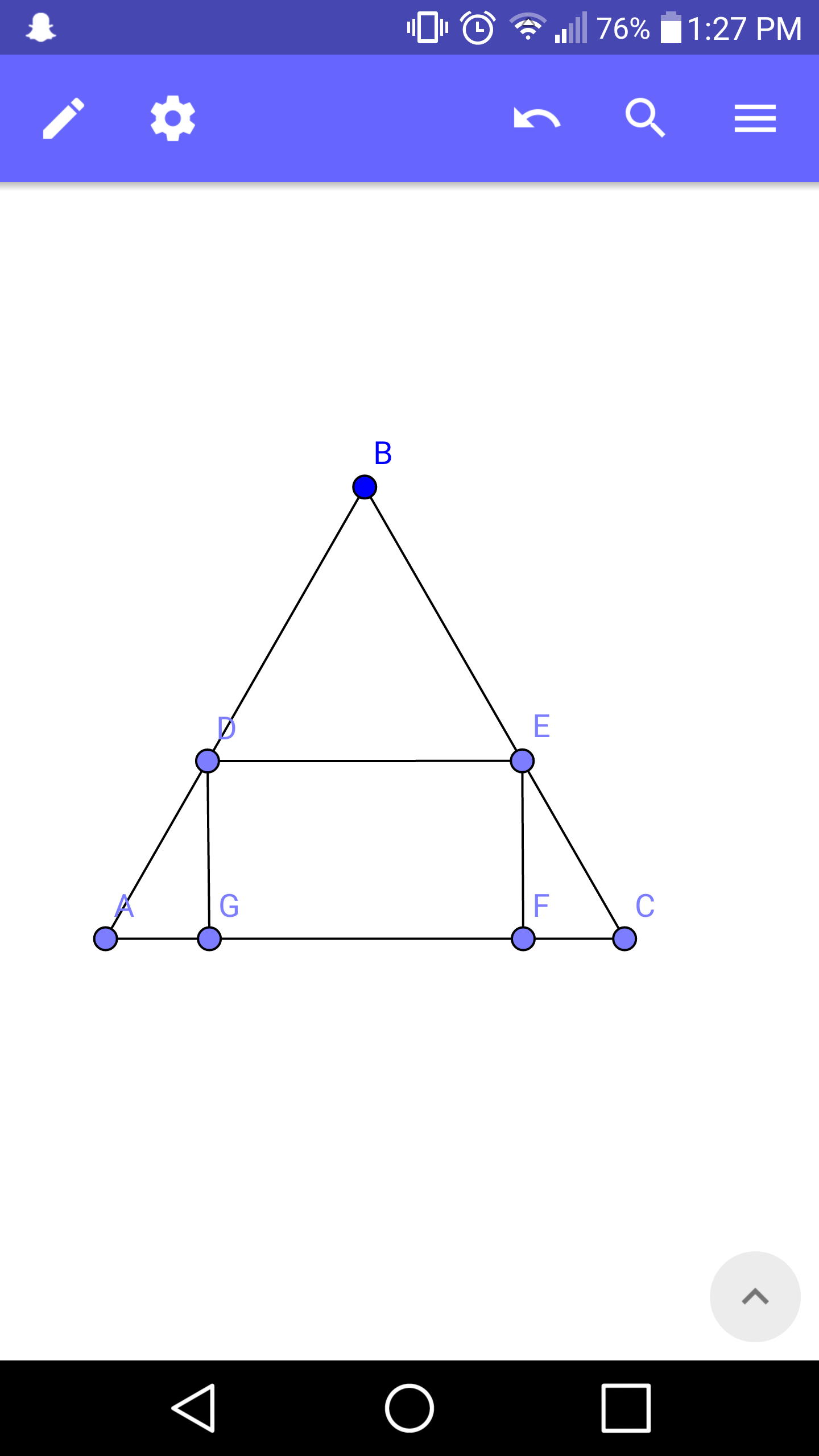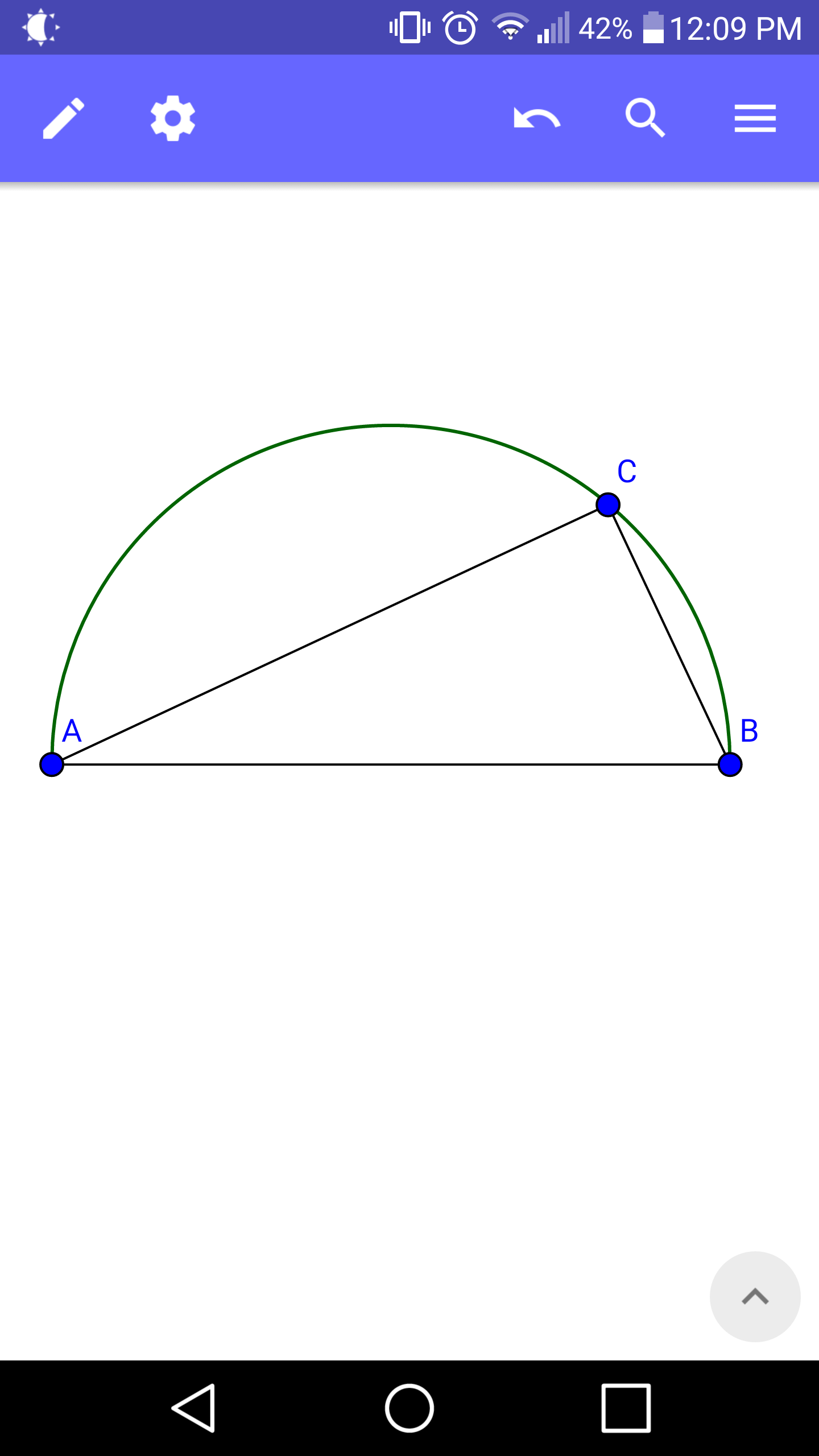
Question and Answers Forum
GeometryQuestion and Answers: Page 113










Pg 108 Pg 109 Pg 110 Pg 111 Pg 112 Pg 113 Pg 114 Pg 115 Pg 116 Pg 117
|
Question and Answers Forum |
GeometryQuestion and Answers: Page 113 |

|

|
| If you have a regular n−sided polygon, is there a method to calculate the area from one corner to another? That is, if we start at a corner (corner 1), and draw a line to corner x, what is the area? See image in comment for visual representation. |
| ∫(√(r^2 −x^2 ))dx=? ∫_(−r) ^x (√(r^2 −x^2 ))dx=?? ∫_x ^y (√(r^2 −x^2 ))dx=??? |
| ⊠7n |
| 6/8 |

|
| Prove, or disprove, that the circle has the largest Perimiter over all natural shapes that have area A |

|
| If we have an n−dimensional cube. How do we find its ′volume′? |

|

|
| Suppose the radius of the earth is 6400km. the acceleration of a person at latitude 60° due to the earth rotation is ? (a) 0.034m/s^2 (b) 232.7m/s^2 (c) 0.0169m/s^2 (d) 465.4m/s^2 Please help. thanks in advance. |
| Three circles with radius r The circles have equations: c_1 : x^2 +y^2 =r^2 c_2 : (x−r)^2 +y^2 =r^2 c_3 : x^2 +(y−r)^2 =r^2 Find the Areas of: 1. Enclosed area ABC 2. Enclosed area ACD |

|
| A sphere of radius r contains a cyllinder of possible largest volume.Determine the volume of the cyllinder. |

|
| A sphere of radius r contains a cube inside it. All the vertices of the cube touch the surface of sphere. What is the volume of the cube? |
| 3 points with the restriction that they should be non-collinear determine circle. What number of points with what restriction determine sphere? |
| A circle has been drawn with one unit opened compass on surface of a sphere of one unit radius. What will be the area of the circle? |

|

|
| 7x−4=0 |
| ((n^(1.2) −3(√3))/(n^(0.8) −(√(3n^(0.8) ))+3))−(√3)((√(3n^(0.8) ))−1) Simplify |
| test |
| y=((cos x)/(√(1+sin x))) y′=? y=cos^2 4x y′=? |
Pg 108 Pg 109 Pg 110 Pg 111 Pg 112 Pg 113 Pg 114 Pg 115 Pg 116 Pg 117 |